Home>Gardening & Outdoor>Landscaping Ideas>What Weed Killer Kills Grass
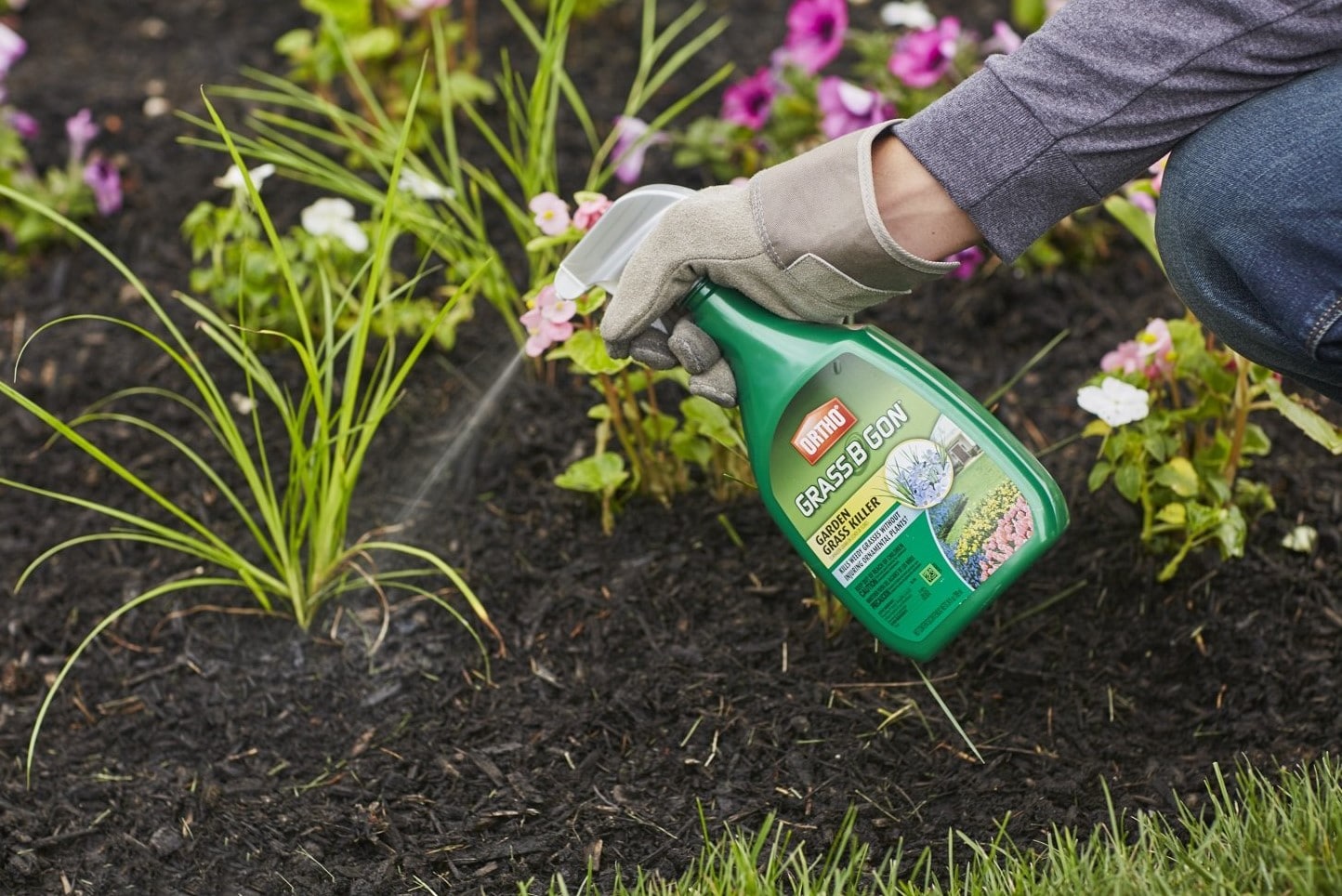

Landscaping Ideas
What Weed Killer Kills Grass
Published: January 28, 2024
Looking for effective landscaping ideas? Discover the best weed killer that kills grass and keeps your lawn looking pristine. Explore our expert tips now!
(Many of the links in this article redirect to a specific reviewed product. Your purchase of these products through affiliate links helps to generate commission for Storables.com, at no extra cost. Learn more)
Introduction
When it comes to maintaining a lush and vibrant lawn, dealing with unwanted grass can be a persistent challenge. Whether it's invasive grass species encroaching on your carefully cultivated garden beds or unsightly patches of grass disrupting the uniformity of your lawn, the need for an effective weed killer that specifically targets grass is paramount. Understanding the nuances of weed killers, the different types available, and how they work is essential for achieving a weed-free, healthy lawn.
Weed killers, also known as herbicides, are formulated to control, suppress, or eradicate unwanted plants, including grasses. The market offers a wide array of weed killers designed to address specific plant species, growth stages, and environmental conditions. Selecting the right weed killer for targeting grass requires a nuanced understanding of the available options and their respective applications.
In this comprehensive guide, we will delve into the intricacies of weed killers, explore the different types of weed killers available, and highlight common weed killers specifically tailored to address grass infestations. Furthermore, we will discuss the mechanisms through which weed killers operate and provide essential tips for using these products safely and effectively. By the end of this journey, you will be equipped with the knowledge and insights necessary to make informed decisions and take proactive steps in reclaiming your lawn from unwanted grass invaders. Let's embark on this enlightening exploration of weed killers and their efficacy in eliminating grass from your outdoor spaces.
Key Takeaways:
- Weed killers come in different types, such as selective and non-selective, and are designed to target specific plants like grass or broadleaf weeds, offering tailored solutions for managing unwanted vegetation.
- Safety is crucial when using weed killers, so always follow product labels, wear protective gear, and consider alternative weed management practices to minimize risks to human health and the environment.
Read more: What Is The Best Weed Killer For Grass
Understanding Weed Killers
Weed killers, or herbicides, are chemical formulations designed to control, suppress, or eliminate unwanted plant growth. These products are categorized based on their target plants, application methods, and mode of action. Understanding the fundamental principles of weed killers is crucial for effectively addressing specific weed-related concerns, including the eradication of unwanted grass.
Herbicides are engineered to disrupt essential physiological processes within plants, leading to their demise. These processes may include inhibiting photosynthesis, disrupting cell division, or interfering with the plant’s ability to uptake essential nutrients. By targeting these vital functions, weed killers effectively impede the growth and survival of unwanted plants, such as grasses, while minimizing the impact on desirable vegetation.
It’s important to note that not all weed killers are created equal. They vary in their selectivity, with some specifically tailored to target broadleaf plants, while others are designed to control grassy weeds. Additionally, weed killers can be classified based on their persistence in the environment, with some being non-persistent and breaking down rapidly, while others exhibit long-lasting effects, providing extended control of unwanted vegetation.
Furthermore, the mode of action of weed killers influences their application and effectiveness. Some herbicides are absorbed through the foliage, while others are applied to the soil and taken up by the roots. Understanding these nuances is essential for selecting the most suitable weed killer for addressing grass infestations without causing harm to desired plants or the environment.
By gaining a comprehensive understanding of the diverse mechanisms and classifications of weed killers, individuals can make informed choices when seeking solutions for managing unwanted grass in their outdoor spaces. In the subsequent sections, we will explore the specific types of weed killers available and their respective applications, with a focus on products designed to effectively target and eliminate grass from lawns and garden areas.
Types of Weed Killers
Weed killers encompass a diverse array of formulations, each tailored to address specific weed-related challenges. Understanding the different types of weed killers is essential for identifying the most suitable solution for targeting and eradicating unwanted grass from outdoor spaces. Broadly, weed killers can be categorized based on their selectivity and mode of action, offering distinct approaches to weed management.
Selective Weed Killers
Selective weed killers are formulated to target specific types of plants while minimizing the impact on desirable vegetation. These herbicides are particularly effective in controlling either broadleaf plants or grassy weeds, allowing for precise weed management in lawns, gardens, and agricultural settings. Selective weed killers offer the advantage of targeting unwanted grass species without affecting the surrounding turf or ornamental plants, providing a tailored approach to weed control.
Non-Selective Weed Killers
Non-selective weed killers, in contrast, exhibit a broader spectrum of activity, effectively targeting a wide range of plant species, including both broadleaf plants and grasses. These herbicides are valuable for clearing vegetation from non-cultivated areas, such as driveways, sidewalks, and fence lines. While non-selective weed killers are not suitable for use on lawns or in garden beds due to their broad-reaching impact, they offer an efficient solution for total vegetation control in areas where selective targeting is not required.
By understanding the distinctions between selective and non-selective weed killers, individuals can make informed decisions regarding the most appropriate product for their specific weed management needs. Whether seeking to eradicate specific grassy weeds from a lawn or address a broader range of vegetation in non-cultivated areas, the choice between selective and non-selective herbicides plays a pivotal role in achieving effective weed control.
Read more: What Is A Natural Grass And Weed Killer
Selective Weed Killers
Selective weed killers represent a valuable tool in the arsenal of weed management, offering targeted control of specific types of plants while preserving desired vegetation. Within the realm of selective weed killers, two primary categories emerge: those designed to control broadleaf plants and those tailored to address grassy weeds.
Control of Broadleaf Plants
Selective weed killers formulated for controlling broadleaf plants, also known as broadleaf herbicides, are adept at targeting a diverse range of unwanted vegetation. These herbicides are particularly effective in addressing invasive broadleaf weeds such as dandelions, clover, and chickweed, which can encroach upon lawns and garden beds, detracting from the overall aesthetic and health of the landscape.
By selectively targeting broadleaf plants, these herbicides allow for precise weed management without harming the surrounding grass or ornamental plants. This targeted approach is instrumental in reclaiming the visual appeal and vitality of lawns and garden areas, facilitating the flourishing of desirable vegetation while suppressing the proliferation of unwanted broadleaf weeds.
Control of Grassy Weeds
Grassy weeds, including unwanted grass species such as crabgrass and quackgrass, pose a unique challenge in lawn maintenance. Selective weed killers designed specifically to address grassy weeds offer a tailored solution for eradicating these invasive plants without adversely affecting the surrounding turf. These herbicides are engineered to target the physiological characteristics of grassy weeds, effectively impeding their growth and survival while safeguarding the integrity of the desired grass species.
By leveraging selective weed killers for grassy weeds, individuals can address the specific challenges posed by unwanted grass invasions in lawns and garden areas. This targeted approach enables the restoration of a uniform and thriving lawn while mitigating the encroachment of undesirable grass species, contributing to the overall health and visual appeal of outdoor spaces.
Understanding the nuanced capabilities of selective weed killers empowers individuals to adopt tailored strategies for weed management, addressing the distinct challenges presented by broadleaf plants and grassy weeds with precision and efficacy.
Non-Selective Weed Killers
Non-selective weed killers serve as a potent solution for comprehensive vegetation control, effectively targeting a broad spectrum of plant species without discrimination. These herbicides are valuable for addressing weed management needs in non-cultivated areas, such as driveways, sidewalks, and other hardscapes, where total vegetation eradication is desired. Unlike selective weed killers, which target specific types of plants while preserving desired vegetation, non-selective herbicides exhibit a broader reach, making them suitable for applications where indiscriminate vegetation control is necessary.
Read more: What Kills Weeds But Not Grass
Total Vegetation Control
Non-selective weed killers are adept at eradicating all types of vegetation they come into contact with, making them an efficient solution for clearing unwanted plants from areas where selective targeting is not required. Whether addressing overgrown areas, preparing hardscapes for landscaping projects, or maintaining clear boundaries around property perimeters, non-selective herbicides provide a powerful means of achieving total vegetation control.
Application Considerations
When utilizing non-selective weed killers, it is essential to exercise caution and precision in application to prevent unintended damage to desirable vegetation. These herbicides are best suited for targeted applications in non-cultivated areas, and care should be taken to avoid overspray or drift onto desired plants. Additionally, non-selective weed killers are valuable for spot treatments, allowing for precise control of unwanted vegetation while minimizing the impact on surrounding plants and ecosystems.
Environmental Impact
Due to their broad-reaching activity, non-selective weed killers should be used judiciously, taking into account their potential impact on the surrounding environment. When applied responsibly and in accordance with product guidelines, these herbicides serve as an effective tool for managing vegetation in non-cultivated areas, contributing to the maintenance of tidy and well-defined outdoor spaces.
By understanding the capabilities and considerations associated with non-selective weed killers, individuals can leverage these potent herbicides to achieve comprehensive vegetation control in targeted areas, ensuring the maintenance of clear and well-defined outdoor spaces.
How Weed Killers Work
Weed killers, or herbicides, exert their effects through targeted interactions with essential physiological processes within plants, leading to the disruption of growth and ultimately, the demise of the targeted vegetation. Understanding the mechanisms through which weed killers operate is instrumental in appreciating their efficacy in managing unwanted plant growth, including the eradication of grassy weeds from lawns and garden areas.
Read more: What Kills Weeds But Not Grass Naturally
Mode of Action
The mode of action of weed killers varies based on their formulation and target plants. Herbicides may interfere with crucial processes such as photosynthesis, disrupting the plant’s ability to produce energy and essential nutrients. Other herbicides may inhibit cell division, leading to stunted growth and eventual plant death. Additionally, some weed killers disrupt the plant’s ability to uptake vital nutrients and water, further compromising its survival and competitive advantage.
Targeted Application
By applying weed killers with precision and care, individuals can effectively target specific types of weeds while minimizing the impact on desired vegetation. Selective weed killers, designed to control either broadleaf plants or grassy weeds, allow for tailored management of unwanted vegetation, ensuring the preservation of the surrounding landscape and ornamental plants. Non-selective weed killers, on the other hand, offer comprehensive vegetation control and are best suited for non-cultivated areas where total eradication is desired.
Environmental Considerations
When using weed killers, it is essential to consider their potential impact on the surrounding environment. Responsible application practices, adherence to product guidelines, and awareness of local regulations contribute to the safe and effective use of herbicides. Additionally, selecting the appropriate type of weed killer based on the specific weed management needs and environmental considerations is crucial for achieving optimal results while minimizing unintended consequences.
By comprehending the mode of action and targeted application of weed killers, individuals can make informed decisions regarding the most suitable herbicide for their specific weed management needs, ensuring effective control of unwanted vegetation while safeguarding the health and vitality of desired plants and ecosystems.
Common Weed Killers for Killing Grass
When confronted with the challenge of eliminating unwanted grass from lawns and garden areas, several effective weed killers are available to address this specific concern. These products are formulated to target grassy weeds while preserving the integrity of the surrounding turf and ornamental plants, offering tailored solutions for reclaiming the visual appeal and health of outdoor spaces.
Read more: What Kills Grass And Weeds But Not Flowers
1. Glyphosate-Based Herbicides
Glyphosate-based herbicides are widely recognized for their broad-spectrum activity and effectiveness in controlling various types of weeds, including grasses. These non-selective herbicides are valuable for comprehensive vegetation control in non-cultivated areas, where total eradication of unwanted grass and other plants is desired. When applied with precision, glyphosate-based herbicides offer a potent solution for addressing grass infestations in driveways, sidewalks, and other hardscapes.
2. Quinclorac-Based Herbicides
Quinclorac-based herbicides are specifically formulated to target grassy weeds, making them a valuable tool for addressing unwanted grass invasions in lawns. These selective herbicides offer effective control of grass species such as crabgrass and foxtail while minimizing the impact on desirable turf. By leveraging quinclorac-based herbicides, individuals can reclaim the uniformity and health of their lawns, mitigating the encroachment of undesirable grasses and promoting the flourishing of desired turfgrass varieties.
3. Sethoxydim-Based Herbicides
Sethoxydim-based herbicides represent another effective option for targeting unwanted grasses in lawns and garden areas. These selective herbicides are adept at controlling grassy weeds while preserving the surrounding ornamental plants and landscape features. By employing sethoxydim-based herbicides with care and precision, individuals can address specific grass infestations, ensuring the vitality and visual appeal of their outdoor spaces.
By considering the specific challenges posed by unwanted grass invasions and leveraging the targeted efficacy of these common weed killers, individuals can effectively reclaim the health and visual appeal of their outdoor spaces, ensuring the flourishing of desired vegetation while suppressing the encroachment of unwanted grass species.
Using Weed Killers Safely
While weed killers are valuable tools for managing unwanted vegetation, it is essential to prioritize safety when using these products to mitigate potential risks and ensure responsible application practices. By adhering to recommended guidelines and adopting precautionary measures, individuals can harness the efficacy of weed killers while safeguarding their well-being and the surrounding environment.
1. Read and Follow Product Labels
Prior to using any weed killer, carefully read and adhere to the instructions provided on the product label. This includes information on application rates, recommended protective equipment, and specific precautions to minimize risks to humans, pets, and desirable plants. Understanding the product’s usage guidelines is fundamental for safe and effective application.
2. Wear Appropriate Protective Gear
When applying weed killers, wear protective gear such as gloves, long-sleeved clothing, and eye protection to minimize skin contact and inhalation of spray droplets. Additionally, consider using a mask or respirator when applying herbicides in enclosed or poorly ventilated areas to prevent inhalation of potentially harmful fumes.
3. Minimize Environmental Impact
Exercise caution to prevent overspray or drift onto desirable vegetation, water bodies, or sensitive ecosystems. Consider weather conditions, such as wind speed and direction, when applying weed killers to minimize unintended environmental impact. Additionally, refrain from applying herbicides before rain or irrigation, which can lead to runoff and potential contamination of water sources.
4. Store and Dispose of Herbicides Properly
Store weed killers in their original containers in a secure, well-ventilated area away from children, pets, and food products. Properly dispose of unused herbicides and their containers in accordance with local regulations to prevent environmental contamination and potential hazards to human and animal health.
Read more: What Kills Weeds But Not Bermuda Grass
5. Consider Alternative Weed Management Practices
Explore alternative weed management strategies, such as manual removal, mulching, and promoting healthy turf growth, to complement the use of herbicides. Integrating diverse weed control methods can reduce reliance on chemical treatments and minimize the overall environmental impact of weed management practices.
By prioritizing safety and responsible application practices, individuals can effectively harness the benefits of weed killers while minimizing potential risks to human health, the environment, and desirable vegetation. Adopting a conscientious approach to using herbicides ensures the safe and effective management of unwanted vegetation in outdoor spaces.
Conclusion
Effective weed management, particularly in the context of eliminating unwanted grass from lawns and garden areas, requires a nuanced understanding of weed killers and their targeted applications. By delving into the intricacies of these herbicides, individuals can make informed decisions and adopt tailored strategies for reclaiming the visual appeal and health of their outdoor spaces while preserving desired vegetation.
Understanding the diverse types of weed killers, including selective and non-selective formulations, empowers individuals to address specific weed-related challenges with precision and efficacy. Selective weed killers, designed to target either broadleaf plants or grassy weeds, offer tailored solutions for managing unwanted vegetation while safeguarding the integrity of the surrounding landscape. Non-selective weed killers, on the other hand, provide a potent means of achieving comprehensive vegetation control in non-cultivated areas, ensuring the maintenance of clear and well-defined outdoor spaces.
By comprehending the mechanisms through which weed killers operate and prioritizing safety in their application, individuals can harness the benefits of these products while minimizing potential risks to human health and the environment. Adhering to recommended guidelines, wearing appropriate protective gear, and considering alternative weed management practices contribute to the responsible use of herbicides and the promotion of safe and sustainable weed control strategies.
Furthermore, the availability of common weed killers specifically formulated for targeting grassy weeds, such as glyphosate-based, quinclorac-based, and sethoxydim-based herbicides, offers individuals a diverse array of options for addressing unwanted grass invasions with precision and efficacy. By leveraging these common weed killers, individuals can effectively reclaim the health and visual appeal of their outdoor spaces, ensuring the flourishing of desired vegetation while suppressing the encroachment of unwanted grass species.
In conclusion, a comprehensive understanding of weed killers, their targeted applications, and safety considerations equips individuals with the knowledge and insights necessary to adopt proactive and responsible approaches to weed management. By leveraging the efficacy of weed killers while prioritizing safety and environmental stewardship, individuals can achieve weed-free, vibrant outdoor spaces, promoting the flourishing of desired vegetation and enhancing the overall aesthetic and ecological integrity of their landscapes.
Frequently Asked Questions about What Weed Killer Kills Grass
Was this page helpful?
At Storables.com, we guarantee accurate and reliable information. Our content, validated by Expert Board Contributors, is crafted following stringent Editorial Policies. We're committed to providing you with well-researched, expert-backed insights for all your informational needs.
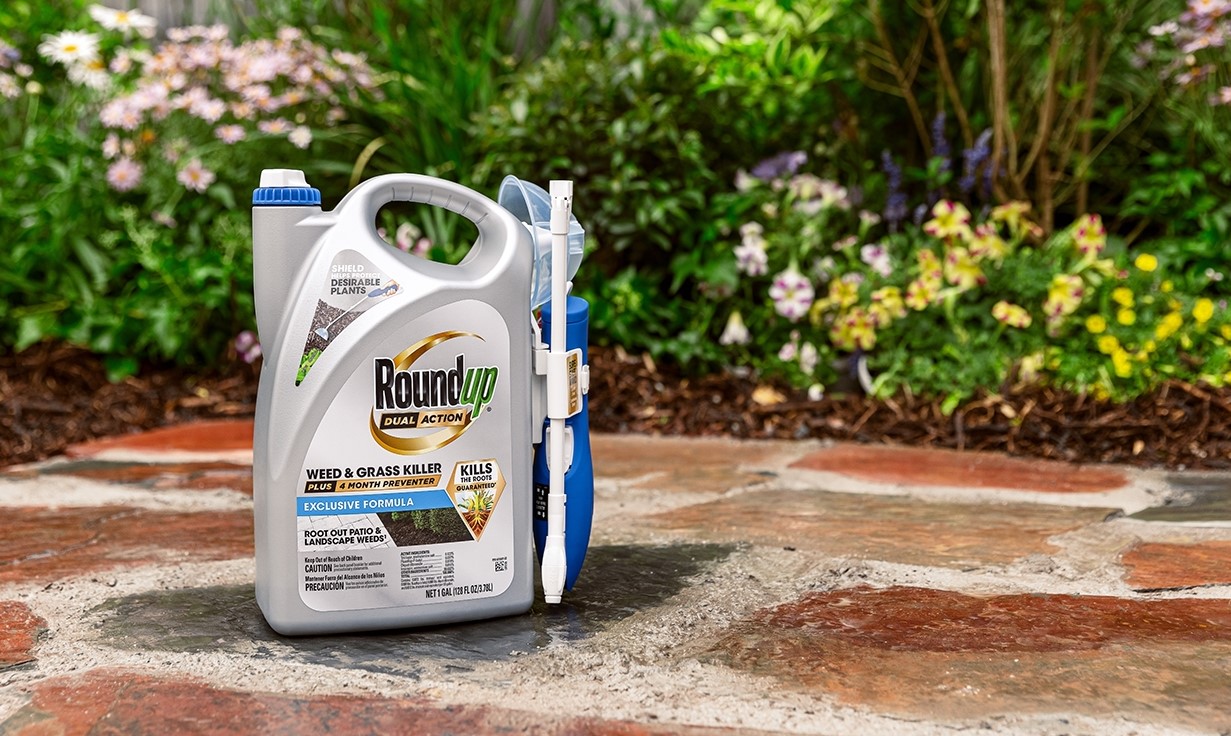
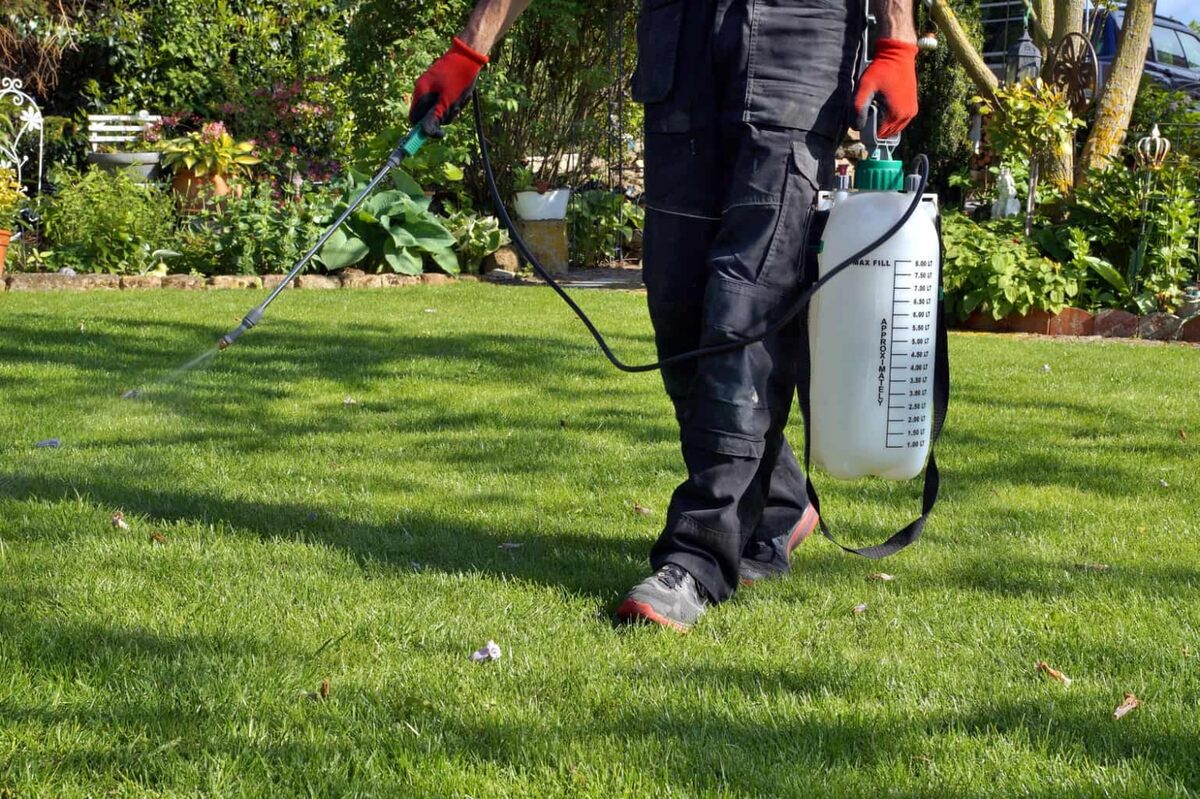
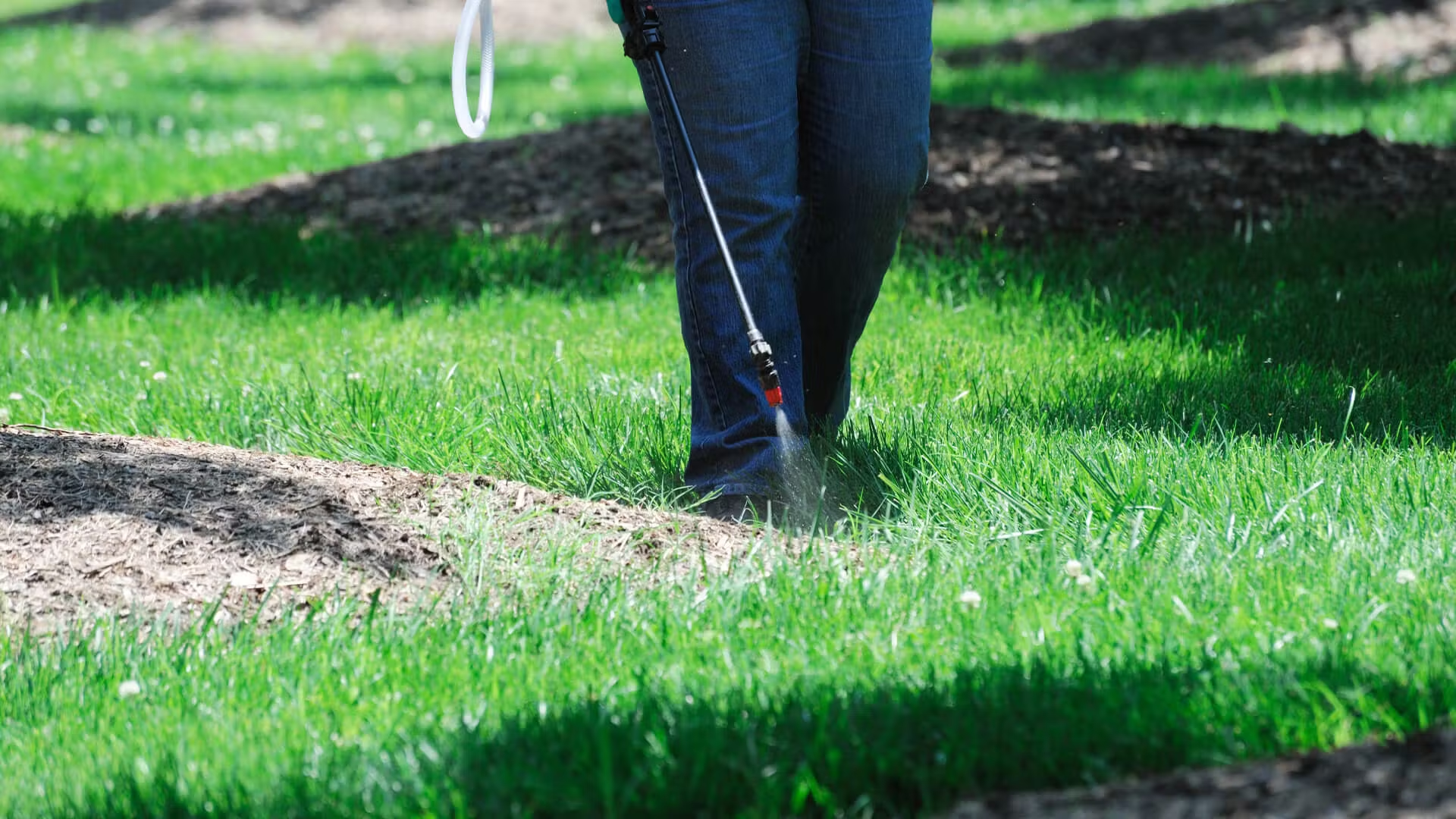
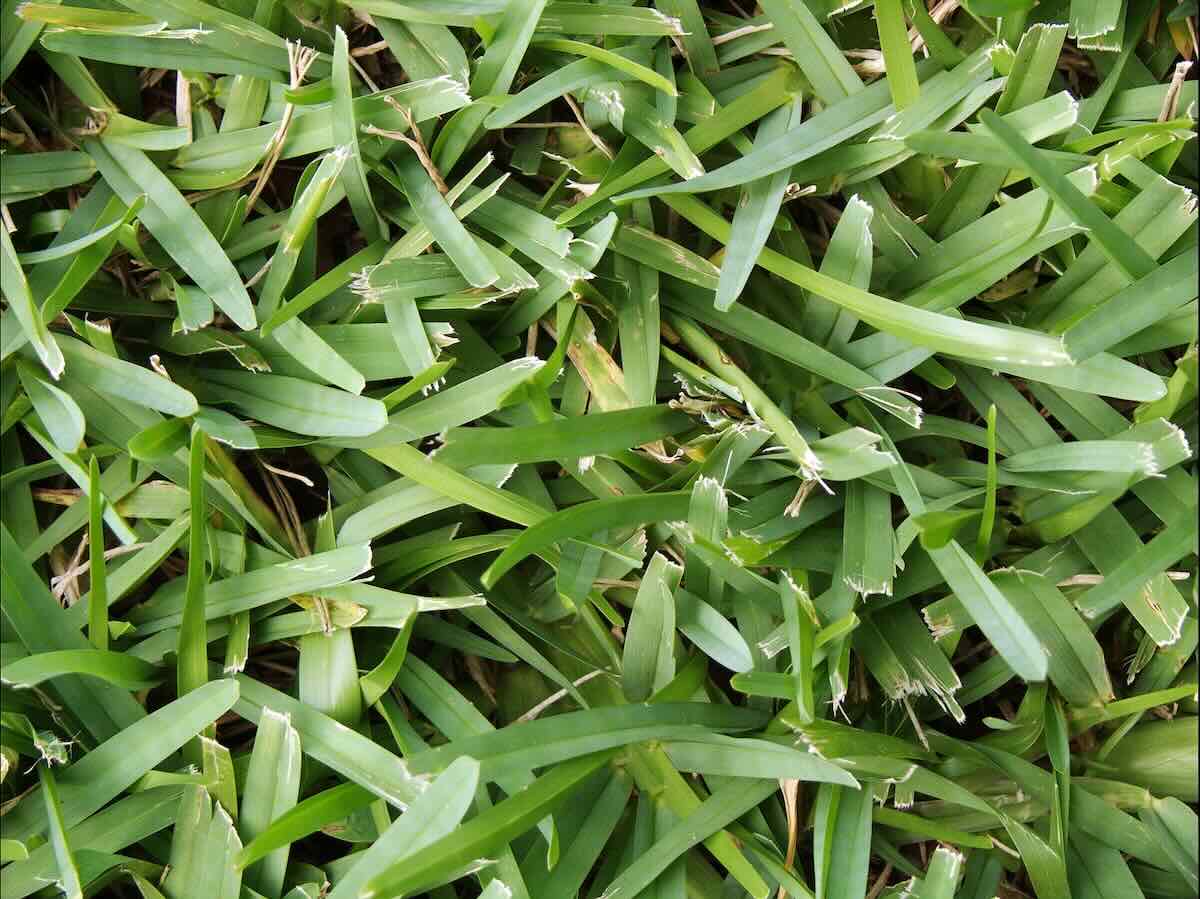
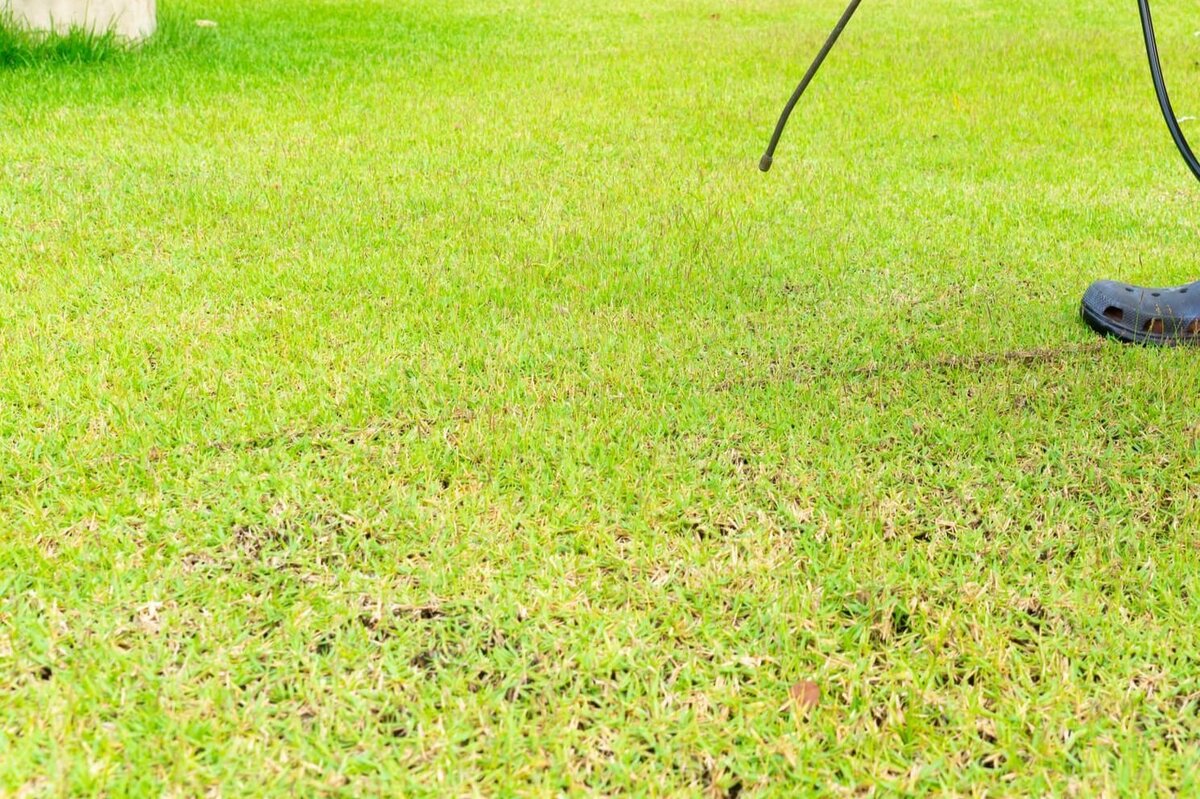

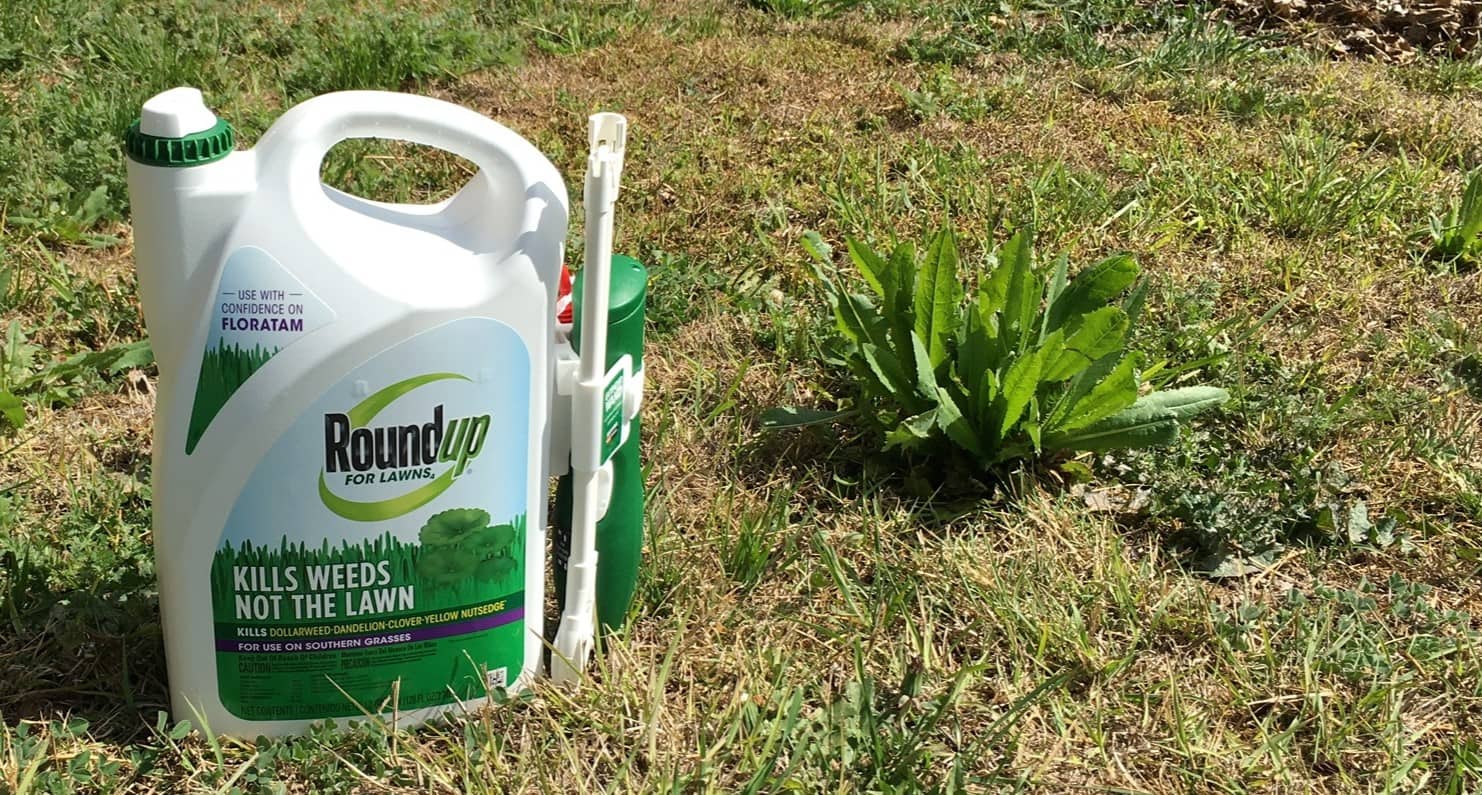
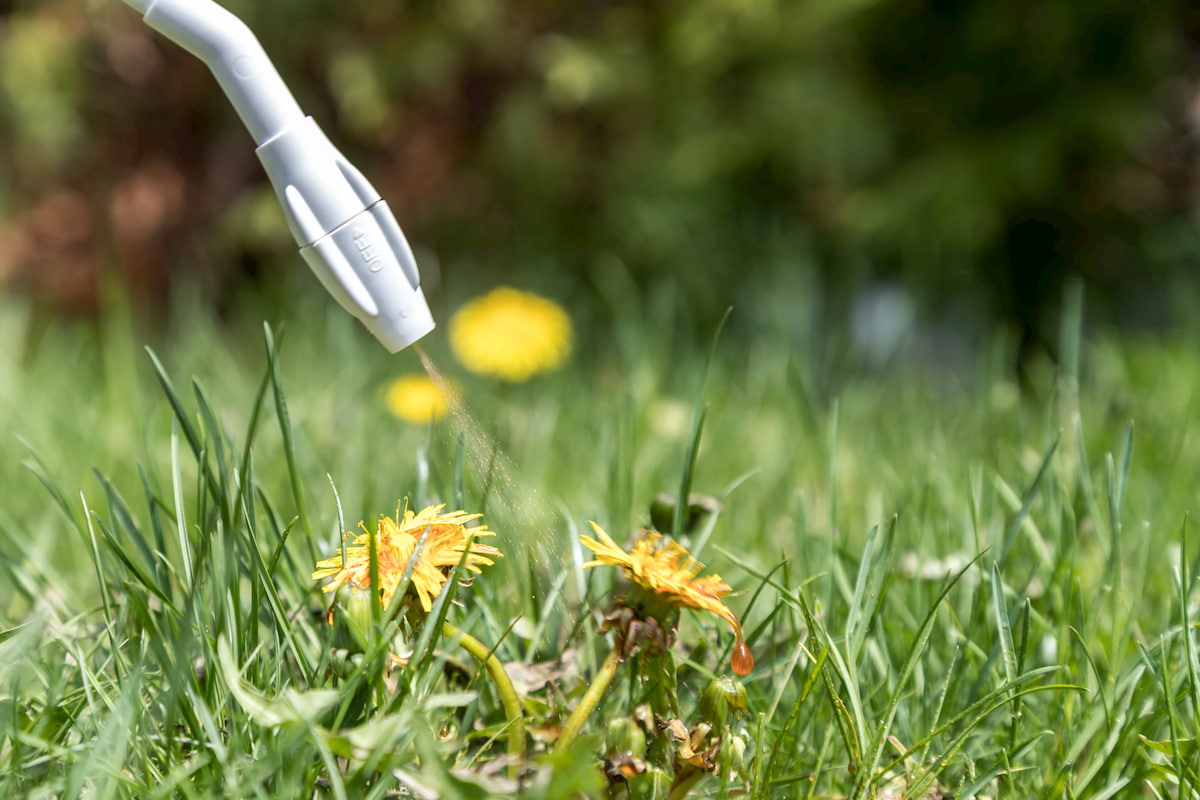
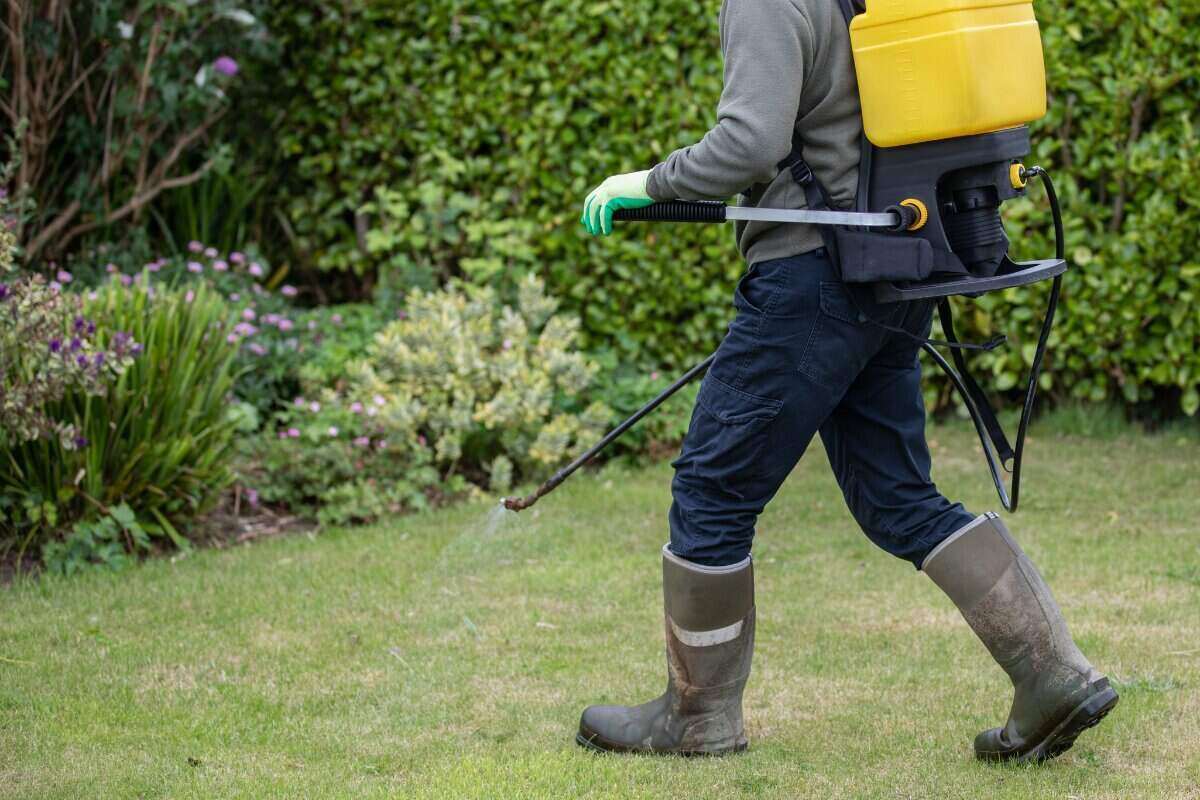

0 thoughts on “What Weed Killer Kills Grass”